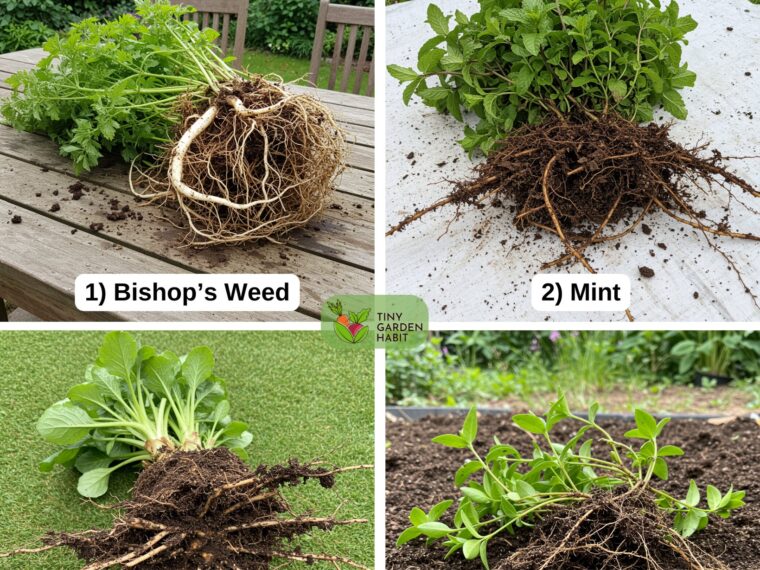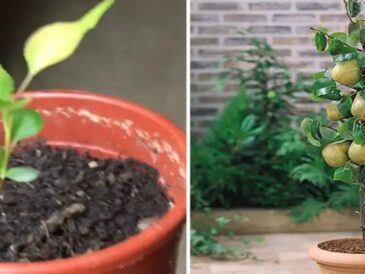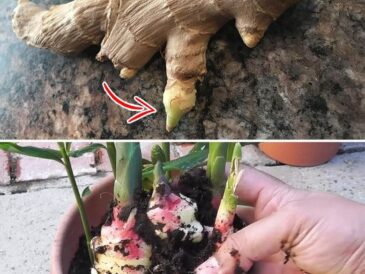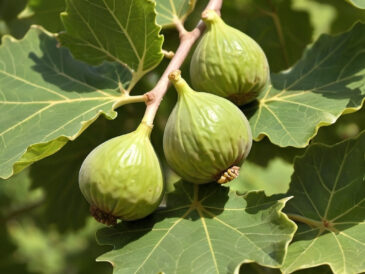Yes, you read that title absolutely right! There are certain perennials out there that could possibly be ruining your garden instead of improving it!
In this article, I’m going to tell you why that is and what alternative perennials you can plant to bring the situation under control. Let’s dive right into it!
Why Some Perennials Cause More Harm Than Good?

The first reason why some perennials can cause more harm than good is that they’re invasive and can take over large parts of your garden in a short time. They limit the growth ability of other plants and can keep them from having as big of a visual impact in the garden.
Certain perennials attract tons of pests and insects to the garden that damage other plants surrounding them. This means that, while your perennials may be adding beauty to the landscape, they’re also ruining it.
Many perennials out there also don’t go very well with other plants and tend to create unnecessary competition in the soil that benefits neither of them. Poor nutrient absorption and stunted growth are the two major outcomes of this.
9 Perennials To Avoid In Your Garden

1: Bishop’s Weed (Aegopodium Podagraria)

Bishop’s weed spreads rather aggressively and is nearly impossible to remove once it’s properly established in your garden. It can create unwanted competition with your other crops and fill the garden landscape quickly, keeping other plants and perennials from shining through.
- Instead of Bishop’s weed, go for wild ginger. It’s a beautiful, non-invasive ground cover with elegant heart-shaped leaves that won’t take over your garden!
2: Lily Of The Valley (Convallaria Majalis)

Although lily of the valley is an incredibly beautiful perennial, it’s also invasive, spreading quickly underground and choking out other plants. Don’t let its beauty deceive you, and keep you from seeing the damage it could potentially be doing behind the scenes.
- Virginia bluebells are a much better perennial choice compared to lily of the valley. It’s a charming native spring bloomer that’s non-invasive and pollinator-friendly at the same time.
3: Purple Loosestrife (Lythrum Salicaria)

Purple loosestrife can be highly invasive and harmful to wetlands. Believe it or not, this perennial variety is actually banned in some parts of the world due to the damage it can cause to wetlands and swampy areas.
- Blazing Star is a much better choice for planting instead of Purple Loosestrife. It’s tall, vibrant, and very attractive to butterflies without being overly invasive.
4: Mint (Mentha Spp.)

Yes, mint is technically a herb, but many gardeners plant it as a perennial ground cover and later regret it. It takes over garden beds fast, it’s incredibly hard to get rid of and interferes with the growing ability of other plants within a close enough radius.
- Replace mint with lemon balm. This alternative perennial is much less aggressive when it comes to spreading. You can also go for the Mountain mint variety if you still want the essence of mint.
5: Obedient Plant (Physostegia Virginiana)
TO CONTUNUE READING THE ARTICL PLEASE SEE PAGE 2 .




